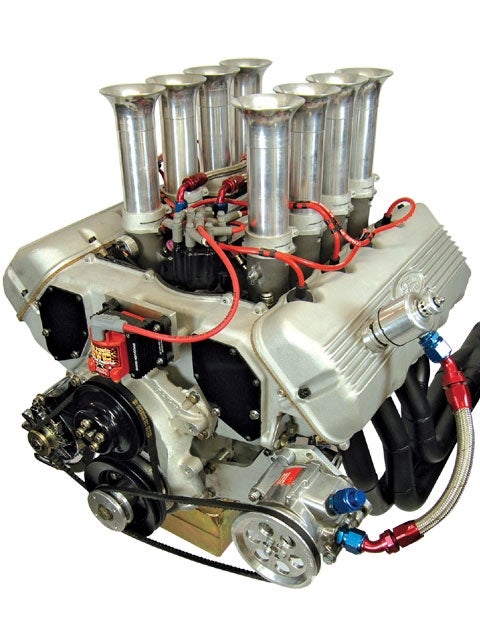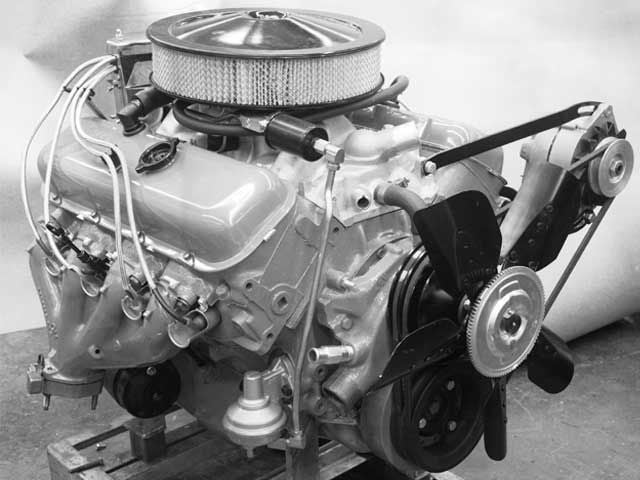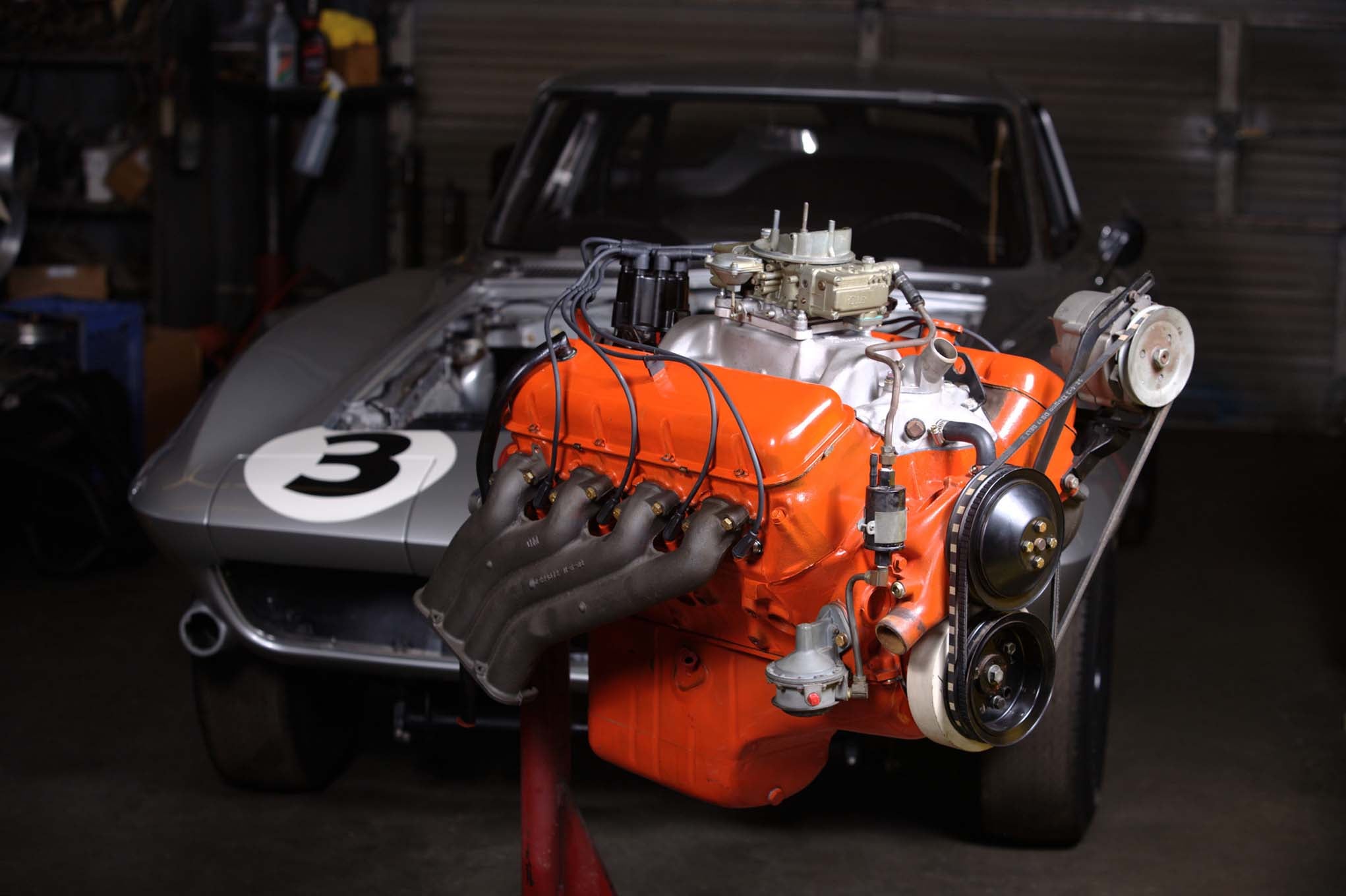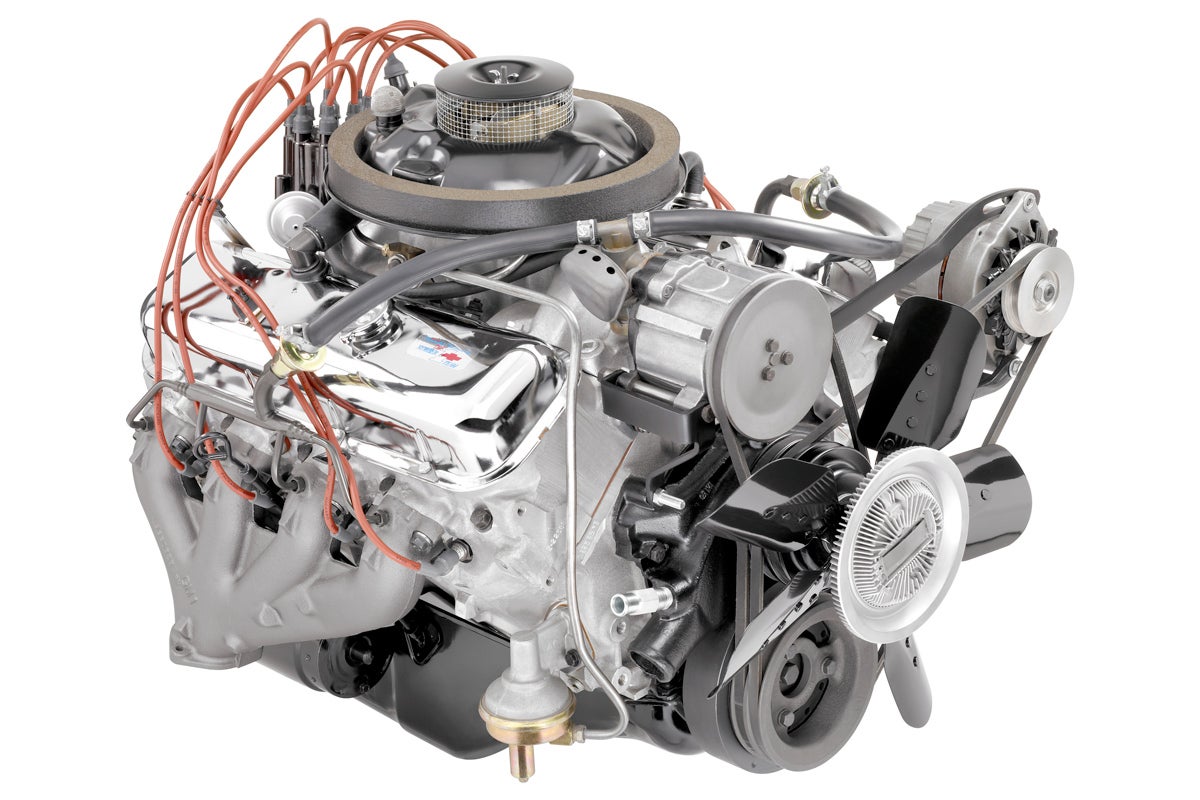 by "Tristan" (casselts)
by "Tristan" (casselts)
Published 04/27/2017 at 15:05
 by "Tristan" (casselts)
by "Tristan" (casselts)
Published 04/27/2017 at 15:05
No Tags
STARS: 11


 "Highlander-Datsuns are Forever" (jamesbowland)
"Highlander-Datsuns are Forever" (jamesbowland)
04/27/2017 at 15:36, STARS: 2
I hope you pay tribute to 428, 429 and 430 in the coming days.
 "WilliamsSW" (williamssw)
"WilliamsSW" (williamssw)
04/27/2017 at 15:50, STARS: 1
So, post Pontiacs tomorrow, right? :)
 "Tristan" (casselts)
"Tristan" (casselts)
04/27/2017 at 15:57, STARS: 2
Challenge accepted.
 "kanadanmajava1" (kanadanmajava1)
"kanadanmajava1" (kanadanmajava1)
04/27/2017 at 16:33, STARS: 2
Mysteriously awesome.

Not mysterious, but still legendary and awesome.

 "WilliamsSW" (williamssw)
"WilliamsSW" (williamssw)
04/27/2017 at 16:54, STARS: 0
Is that first one the 63 NASCAR 427 Chevy? Sure looks like it—
 "kanadanmajava1" (kanadanmajava1)
"kanadanmajava1" (kanadanmajava1)
04/27/2017 at 19:00, STARS: 1
Yes it is. Usually know as “Mystery Motor” but GM refers it as Mark IIs 427. The weird header style cast exhaust manifolds and weirdly rounded cylinder heads are good identifiers.
They are still debating how many were made, but in any case not more than 50 but at minimum 17 examples.
The other one is a ‘69 aluminum block/heads ZL1.
 "WilliamsSW" (williamssw)
"WilliamsSW" (williamssw)
04/27/2017 at 19:10, STARS: 0
Ah - funny, I barely looked at the 2nd one, but noticed it was a big block Chevy. The ‘mystery motor’ is pretty legendary - -and I think actually pretty different from what went into the Z11 drag cars around the same time.
 "kanadanmajava1" (kanadanmajava1)
"kanadanmajava1" (kanadanmajava1)
04/27/2017 at 19:39, STARS: 0
It resembled the later production engines (Mark IV) with it’s appearance, but still nearly nothing is interchangeable. Basically it’s a race proven prototype for them. The heads were asymmetrical, but this feature was lost with the production engines. The crank was still taken from 427 W-series big block and it was shared by the Z11 drag engines.
The later big blocks have larger bearing journals, that were considered too large for high speed race engines in early 60's. The larger journal is tougher, but the bearing friction grows too.